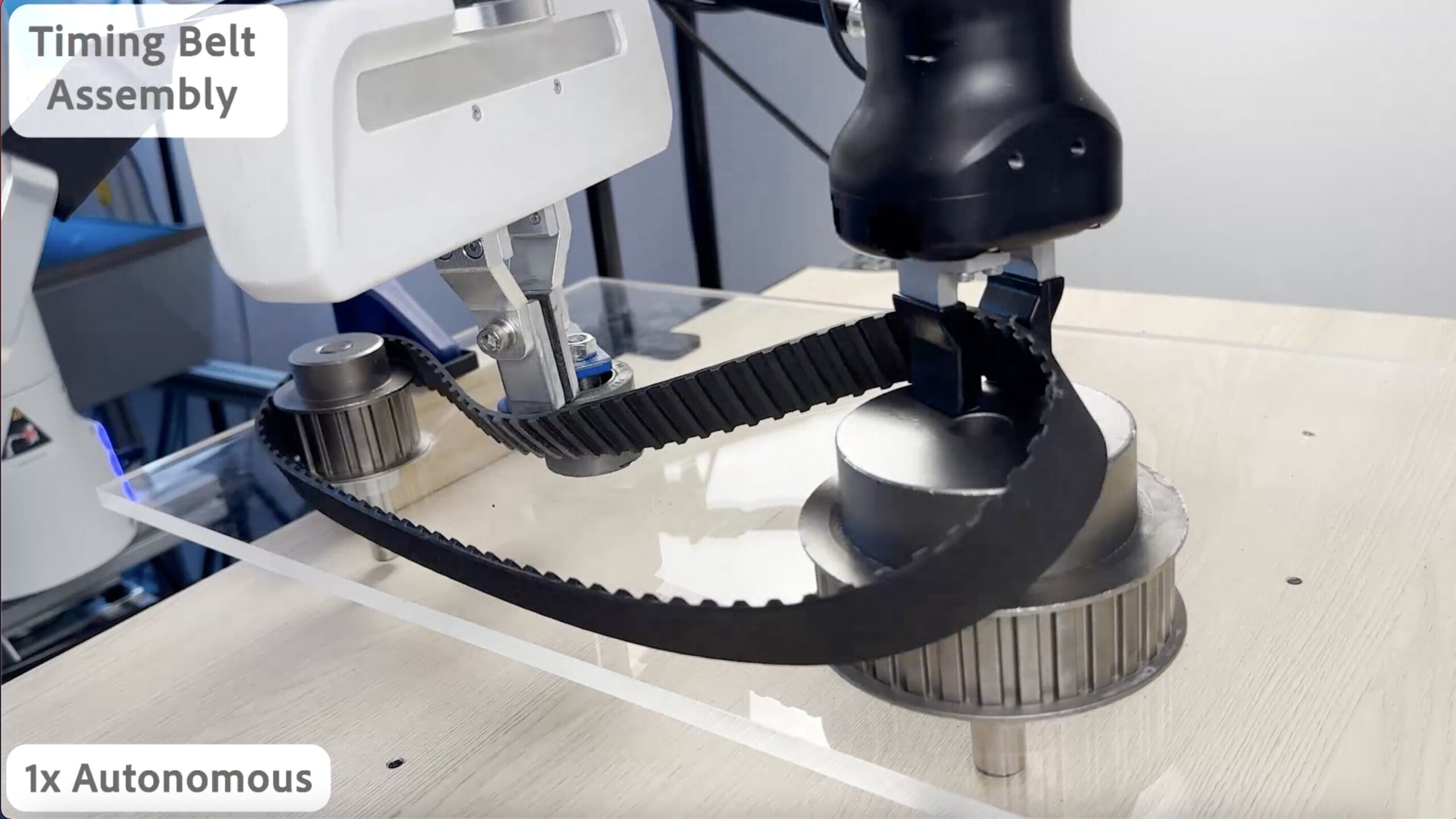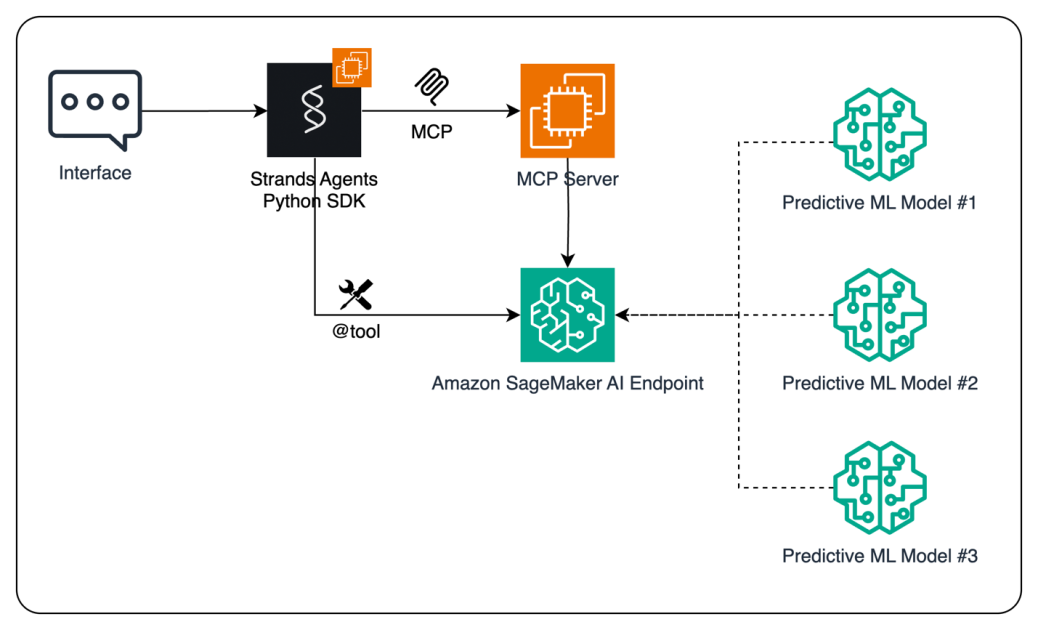Tyson Foodservice operates as a critical division within Tyson Foods Inc., using its extensive protein production capabilities to supply a diverse array of foodservice clients across multiple sectors. As one of the largest protein providers in the US, Tyson Foods produces approximately 20% of the nation’s beef, pork, and chicken, which forms the foundation of
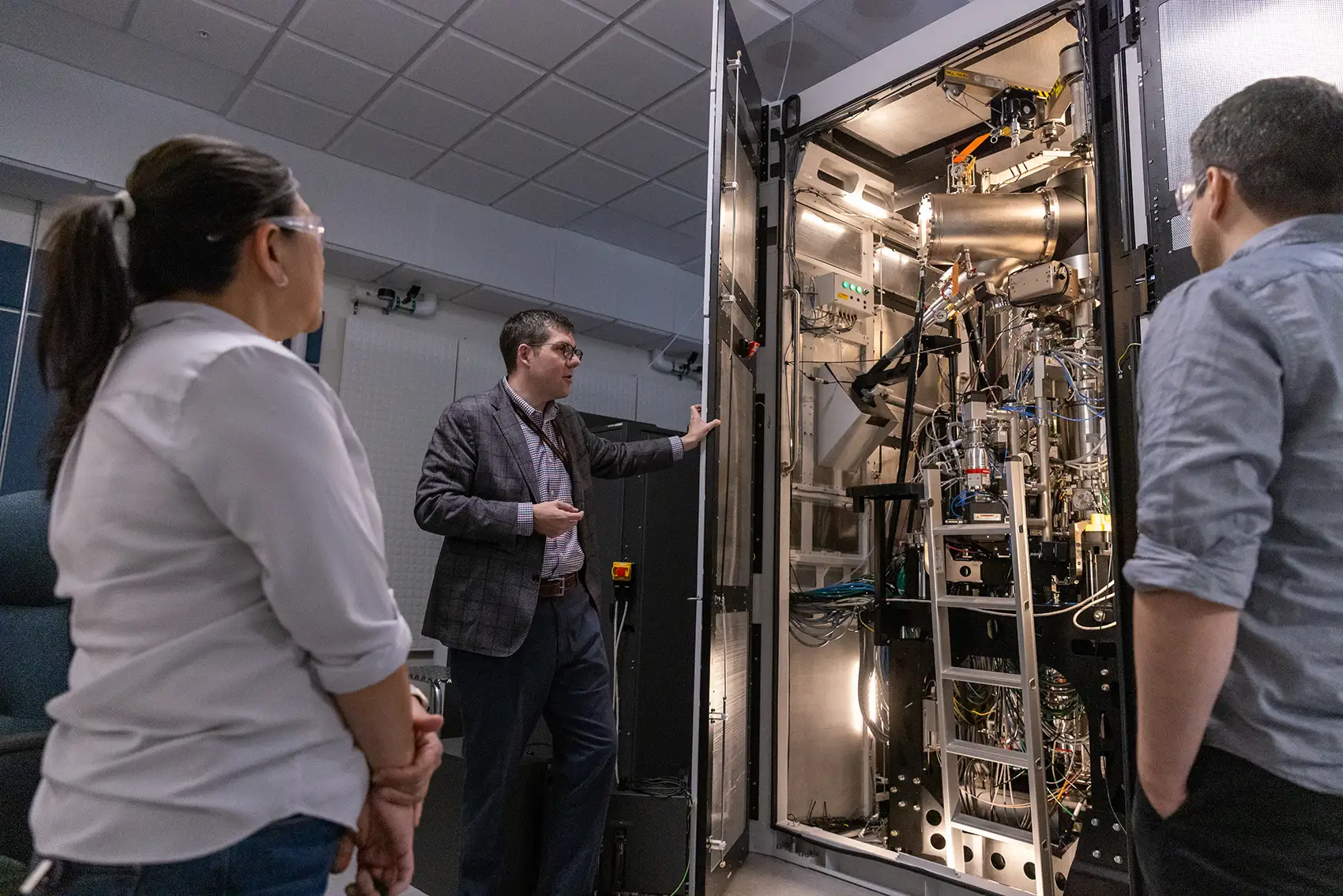
AI Could Help Bridge Valley of Death for New Materials | Grid Modernization – NREL
AI Could Help Bridge Valley of Death for New Materials
More Than 50 Experts Gathered at NREL To Consider How Incorporating Artificial Intelligence Into Materials Synthesis, Characterization, and Modeling Could Unlock New Insights and Speed New Technologies to Market
Aug. 19, 2025 | By Harrison Dreves
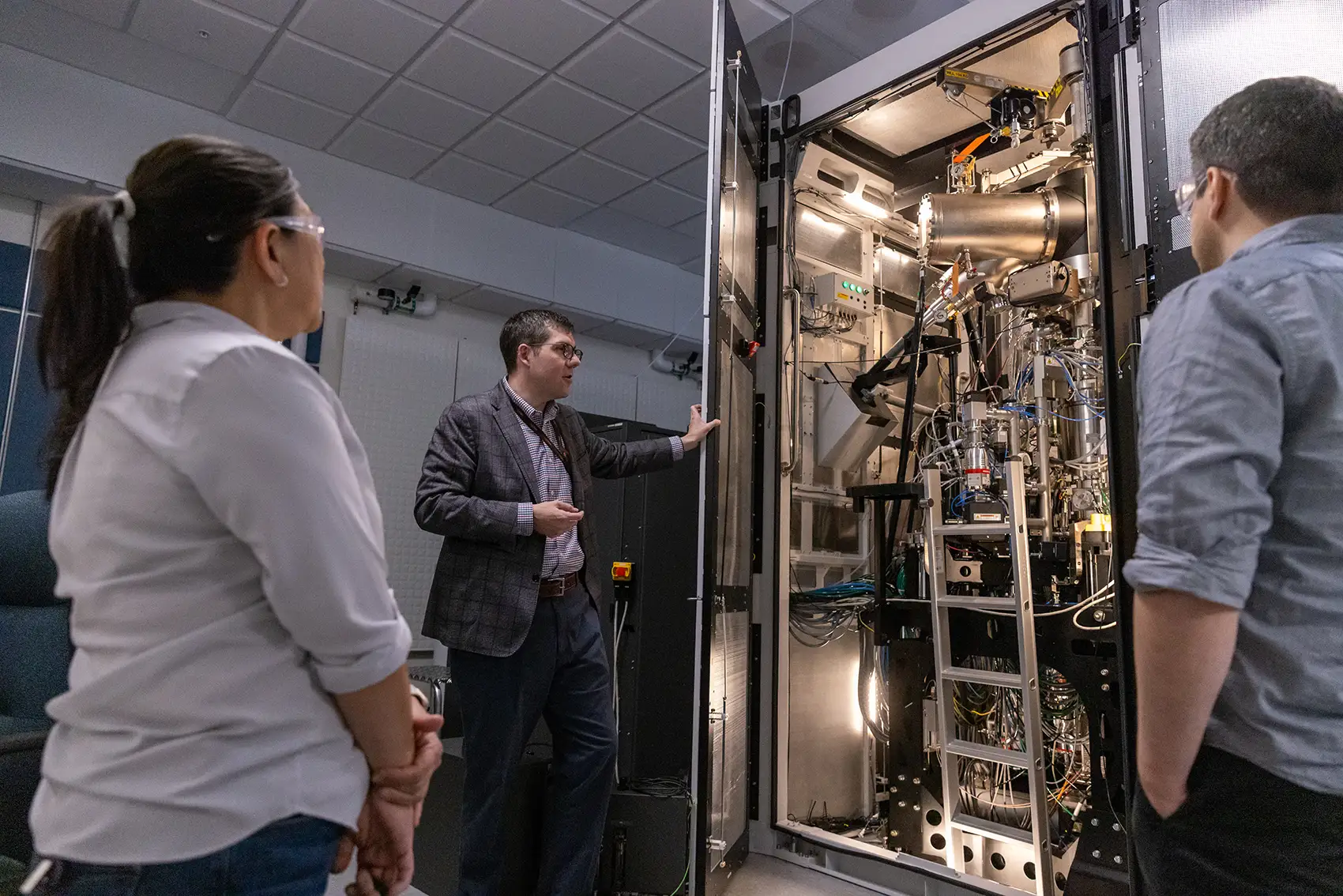
Artificial intelligence (AI) could accelerate scientific discovery by helping researchers to more quickly gather data, search that data for patterns, and—eventually—generate insights that researchers might have missed.
Yet, leading experts in AI, materials science, chemistry, and robotics emphasize that fully realizing the potential of autonomous experimentation requires not only speeding scientific discovery but also reshaping the entire research-to-industry pipeline.
“After convening with experts across all the relevant fields, we came to understand that the true revolution in autonomous science isn’t just about accelerating discovery but about completely reshaping the path from idea to impact,” said NREL materials data scientist Steven R. Spurgeon, who recently organized a workshop at NREL on the topic. “We are now engineering our research workflows to look beyond the laboratory, ensuring the advanced materials we create are born ready for the industrial scale and the urgent challenges they’re meant to solve.”
Autonomous Science Could Enable Researchers To Do More Science, More Quickly
Autonomous science is an emerging approach that uses AI, robotics, and advanced computing to design and execute experiments at larger scales and more quickly than human researchers could achieve. While the underlying direction is still largely human-driven, autonomous experiments speed the research.
To accelerate progress in this emerging field, NREL convened the Autonomous Research for Real-World Science (ARROWS) workshop in May 2025. The event brought together more than 50 leaders in materials science, chemistry, AI, and robotics to consider how autonomous systems could help overcome long-standing bottlenecks in scientific discovery and translation to industry.
Through presentations, lab tours, and collaborative discussions, participants identified new opportunities for collaboration—and surfaced critical challenges that must be addressed to make autonomous science widely useful.
Finding New Ways To Cross the ‘Valley of Death’
Chief among these challenges is bridging the long-standing “valley of death”—the gap where promising laboratory discoveries fail to become viable products due to scale-up challenges and real-world deployment complexities.
Participants noted that current lab processes, designed primarily for human operation, create bottlenecks incompatible with the speed and precision of autonomous systems. By contrast, autonomous workflows could produce “born-qualified” materials, integrating considerations like cost, scalability, and performance from the earliest research stages.
A key voice at the event was Sergei V. Kalinin, a professor at the University of Tennessee, Knoxville, and a globally recognized pioneer in autonomous materials science.
“The energy at the ARROWS workshop was palpable,” Kalinin said. “It marked a pivotal moment where the community’s conversation shifted from ‘What can automation do?’ to ‘How quickly can it deliver real-world impact?’ I feel the event solidified our collective mission—to build a future where the discovery, optimization, and scale-up of new materials happens not sequentially over decades but as a single, unified process that provides solutions at the speed of need.”
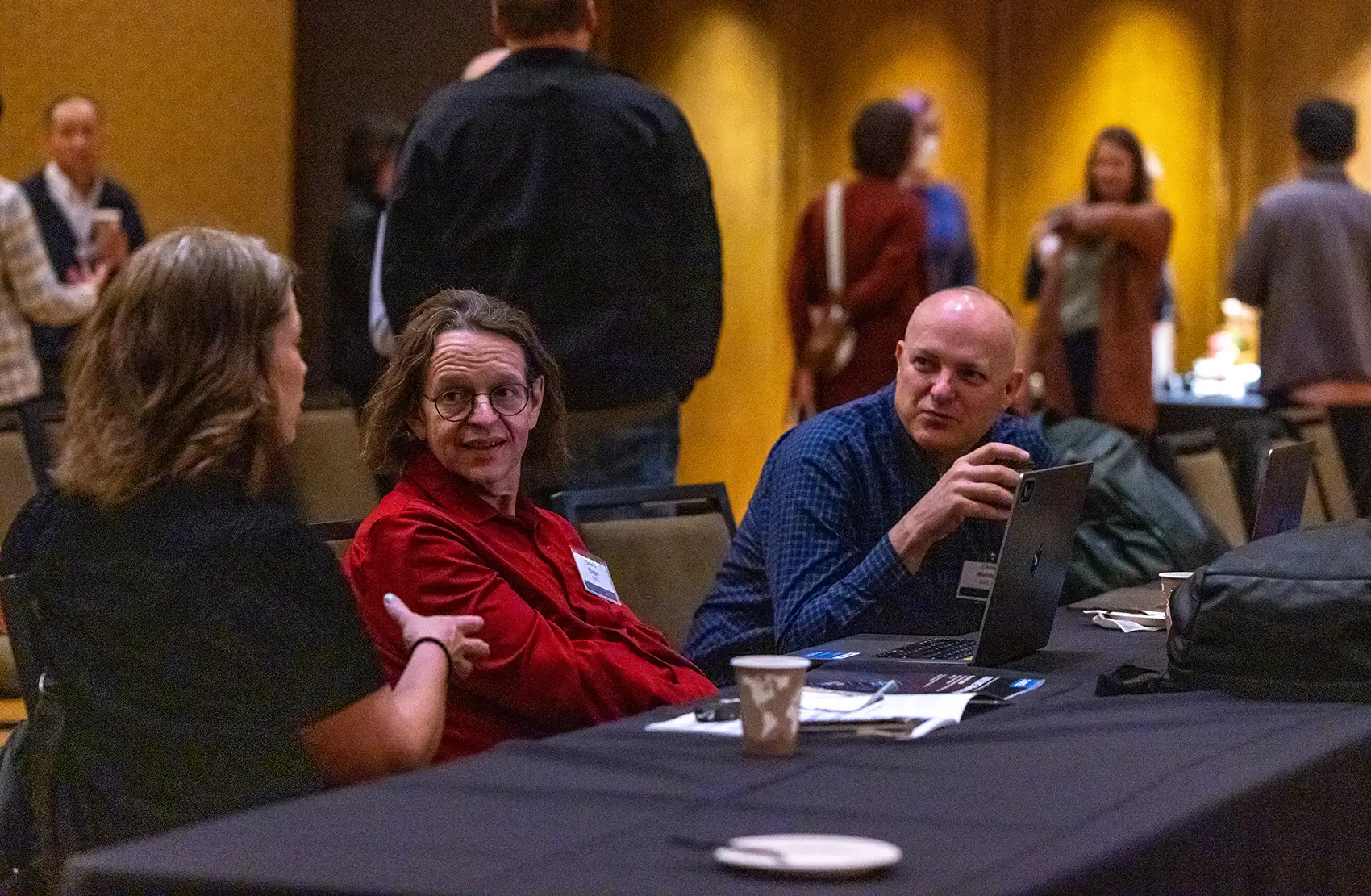
What Is Needed for Autonomous Science To Succeed
Today, autonomous science is still in its infancy. At the workshop, discussions converged on four key pillars that are needed to make AI an impactful partner in the lab.
Metrics for Real-World Impact: Developing new AI reward functions and metrics that emphasize cost, manufacturability, and resource efficiency.
Intelligent Tools for Causal Understanding: Shifting from correlation-focused machine learning toward causal models that provide deep, physics-based insights.
Modular, Interoperable Infrastructure: Overcoming barriers posed by legacy equipment and proprietary data formats through modular workflows and standardized platforms for data sharing.
Closing the Loop from Theory to Manufacturing: Using agent-based AI models to connect theory, synthesis, characterization, and scale-up in a continuous learning cycle.
Collaboration Between Industry, Universities, and National Laboratories Is Crucial
Industry stakeholders at the workshop expressed their excitement for collaboration on autonomous research methods.
“In industry, the pace of innovation is relentless, and the traditional materials R&D cycle is a significant bottleneck,” said Nathan Park, senior research staff member in Strategic Partnerships and Technology Incubation at IBM Research. “This is precisely why partnerships with national labs and universities are essential. They are the engines of fundamental discovery and talent. By combining their deep domain expertise with our AI platforms and our knowledge of market challenges, we can build a powerful innovation pipeline. Collaborative events like ARROWS are crucial for aligning all our efforts to solve tangible problems much faster than any of us could alone.”
Workshop attendees are drafting an upcoming scientific article to detail the largest opportunities for autonomous science and to provide a comprehensive roadmap for researchers, industry partners, and policymakers aiming to harness autonomous experimentation.
“What was so energizing about the ARROWS workshop was seeing this vibrant community rally around a single, critical idea—closing the gap between discovery and deployment,” said Spurgeon, the NREL workshop organizer. “We are at a turning point where we can build intelligent systems that codesign the robust materials our country needs. By accelerating research this way, we can accelerate the growth of resilient, affordable, and abundant American energy.”
Learn more about materials science at NREL.


